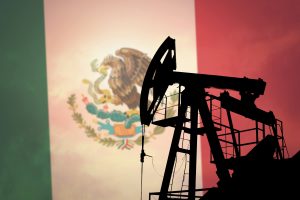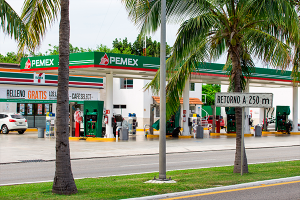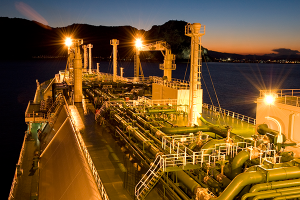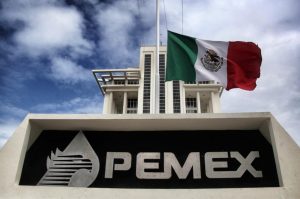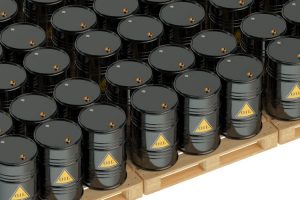Mexico’s incoming leftist President could open US-Mexico energy relations
The Daily Caller /Jason Hopkins / July 2
The election of Andrés Manuel López Obrador as Mexico’s next president has investors around the world on edge, waiting to see how the leftist leader will approach the oil and gas industry.
López Obrador handily won Mexico’s presidential election Sunday, capturing over 53 percent of the vote — more than double the percentage of the second-place finisher. His victory brings a new era of progressive populism to the U.S.’ southern neighbor. A member of the National Regeneration Movement Party, López Obrador touts a far-left pedigree: universal access to public colleges, an expansion of welfare programs, increased investment in industries and other big government proposals.
The president-elect’s calls for energy reform, however, has been the most striking to international observers. López Obrador pledged during the campaign to hold a referendum on reforms the country made several years ago that embraced measured degrees of privatization of the country’s oil sector.
Outgoing President Peña Nieto opened the country’s petroleum industry in 2013 to foreign investment, ending a decades-old monopoly held by Pemex, the country’s state-run petroleum company. The move was intended to revive Mexico’s oil and gas production, which is plagued with rampant inefficiency, debt and outdated equipment.
During the 2018 campaign, López Obrador derided these pro-market reforms. While promising to honor existing oil contracts, he believes the country should prioritize nationalization of the industry once again.
“As a long-time ally of national labor unions and a supporter of a strong [Pemex], [López Obrador] may seek to maximize national investment and employment in the sector, hedging Mexico’s political risk, even at the cost of economic efficiency,” David Goldwyn, chairman of the Atlantic’s Global Energy Center Advisory Group, noted Sunday.
Such reforms could have major implications for Mexico-U.S. energy relations, which hold very deep ties.
The U.S. currently exports a large amount of gas across the border and the Mexican government, in turn, sends heavy crude to American consumers. As crude oil imports to the U.S. has declined over the years, the trade imbalance between the two countries has shifted. U.S. energy exports to Mexico now exceeds its imports, according to the Energy Information Administration. These issues may come up as the Trump administration is set to renegotiate key agreements within the North American Trade Agreement with Mexico and Canada.
López Obrador, for his part, is no fan of Trump. The longtime Mexican politician wrote a book entitled “Oye, Trump” (“Listen, Trump”) that blasts the American leader for his calls to build a border wall and his “attempts to persecute migrant workers.” The book includes a number of speeches López Obrador has given. In one such speech, he compared Trump to Hiter, saying “Trump and his advisers speak of the Mexicans the way Hitler and the Nazis referred to the Jews, just before undertaking the infamous persecution and the abominable extermination.”
The Daily Caller /Jason Hopkins / July 2
